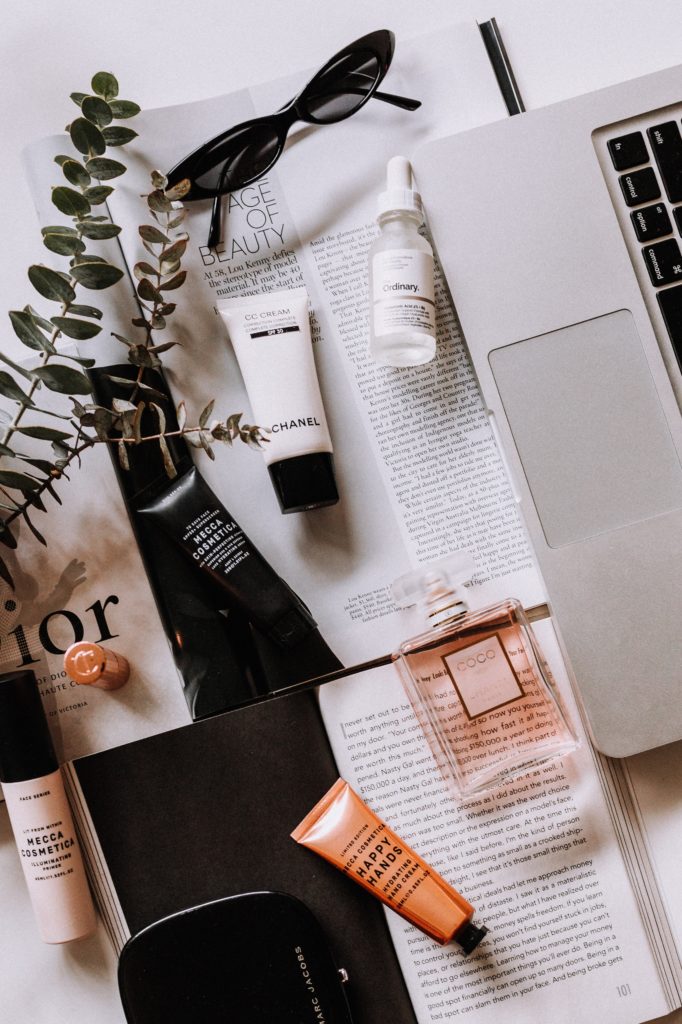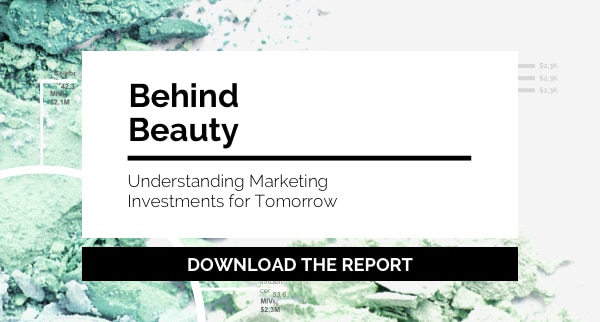What it means to be a beauty brand has completely changed over the last few years. Thanks in part to the rise of influencer marketing and beauty gurus, as well as digitally-native brands, also known as v-commerce, that have managed to lucratively innovate in the beauty space. This has forced traditional beauty brands to rethink their digital marketing strategy, in order to retain loyal customers, but also appeal to a newer beauty-obsessed consumer, looking for the next viral product. New consumers now rely on authoritative figures like influencers within the industry to guide them along the path to purchase and understand which products are worth their spend. In terms of beauty marketing trends, an omnichannel strategy is essential.
How Omnichannel Marketing is Sculpting the Beauty Industry
For example, Glossier, the beauty brand founded by blogger Emily Weiss (Into the Gloss) has made waves on social media through their user-generated content strategy, which puts their consumers at the forefront of their brand, from promotion to market research for new products. In fact, people who read Into the Gloss are 40% more likely to purchase products than people who only visit the Glossier website. In this case, content is king, which is reflected in Glossier’s Voice Split, as the three Voices that provide the most ROI for the brand are Media, Influencers and Owned Media. Their top post from their Owned Media channel in the month of October (which makes up 20% of their total MIV® for the month) is actually a repurposed image from one of their beauty fans – something that is consistent throughout most of their content.
On the other side of the coin, brands like Estée Lauder who have been around for 73 years, are starting to redirect their marketing investments in order to reach more consumers. Their customer demographics vary, as they appeal to spenders who have loyally purchased for years but also have to evolve as a brand to remain relevant to the customers of tomorrow. Traditionally, generations would rely on magazines for product reccomendations, and whilst Media is still a valuable asset, 65% of teens rely on social media to discover and select beauty products. Estée Lauder receives 61% of its MIV® from the Media Voice, through the likes of Good Housekeeping and Cosmopolitan, but has also steadily invested in influencer marketing (23% of total MIV® generated).
Whilst different strategies work for different brands, the most value comes when investing in a cross-Voice strategy, in order to reach all consumer touchpoints. Dior Makeup for example, consistently performs well, racking up the highest MIV® ($317M) for a luxury beauty brand in our report, Behind Beauty: Understanding Marketing Investments for Tomorrow. They also have a fairly even Voice Split in comparison to their competitors, as they allocate marketing spend in all five areas: Owned Media, Partners, Media Celebrities, and Influencers. Additionally, they spread their Influencer and Celebrity activations across a range of tiers, from Micro to All-Star Influencers, in order to match the landscape where consumers are on their paths to purchase.
With v-commerce brands like Huda Beauty, Glossier and Drunk Elephant to name a few disrupting the beauty industry, it’s imperative that traditional brands find the right cross-Voice strategy or Voice Mix to remain competitive, retain their existing consumers but also continue to grow their consumer base.
To learn more about beauty marketing trends and the investment flow of some of the top luxury and mass market beauty brands, download our recent report:

